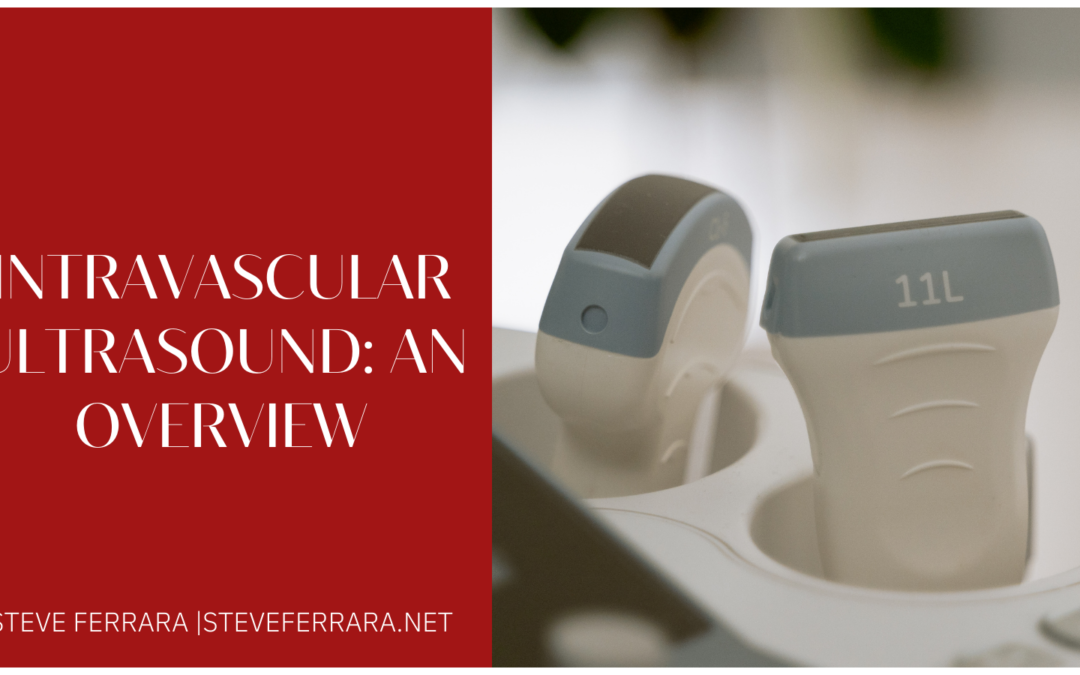Intravascular ultrasound is a procedure used to examine a patient’s blood vessels. The procedure has various uses, ranging from identifying problem areas in blood vessels, such as narrow or blocked vessels, to assisting in other procedures, such as vascular stenting. Intravascular ultrasound is a safe procedure, and it does not require the use of radiation like x-ray imaging does.
How Does Intravascular Ultrasound Work?
Intravascular ultrasound is performed using an IVUS catheter with an ultrasonic transducer. The catheter is inserted into the blood vessel being examined. The transducer attached to the catheter emits sound waves that bounce off the blood vessels’ walls and back to the transducer. The sound waves that return to the transducer can then be used to generate an image of the blood vessels. The process is similar to how a bat or a dolphin “sees” with echolocation.
What to Expect During an Intravascular Ultrasound
Although intravascular ultrasound does involve an incision in the skin and an object being inserted into a blood vessel, the procedure should not be very painful or uncomfortable, as the area will be numbed with an anesthetic. The healthcare provider will make a small incision on a sterilized area of the skin. They will then put a sheath into the blood vessel and insert the catheter into the sheath. Once the procedure is done, the healthcare provider will remove the catheter from the blood vessel and stop any bleeding with pressure and, in some cases, a closure device that will seal the hole in the blood vessel.
What to Expect After an Intravascular Ultrasound
It is normal for healthcare providers to ask patients to lie down with pressure on the area for several hours to prevent bleeding. The healthcare provider should examine the area regularly during this time to ensure that the patient’s heart rate and blood pressure are normal and to check for bleeding or swelling. The recovery time after an intravascular ultrasound depends on what additional procedures, if any, were performed. Vascular stenting, for example, may require a patient to stay in the hospital for up to a day. Rest is highly recommended for a full day after the procedure. If a patient notices bleeding at the insertion site, they should contact their doctor, lie down, and put pressure on the area.
